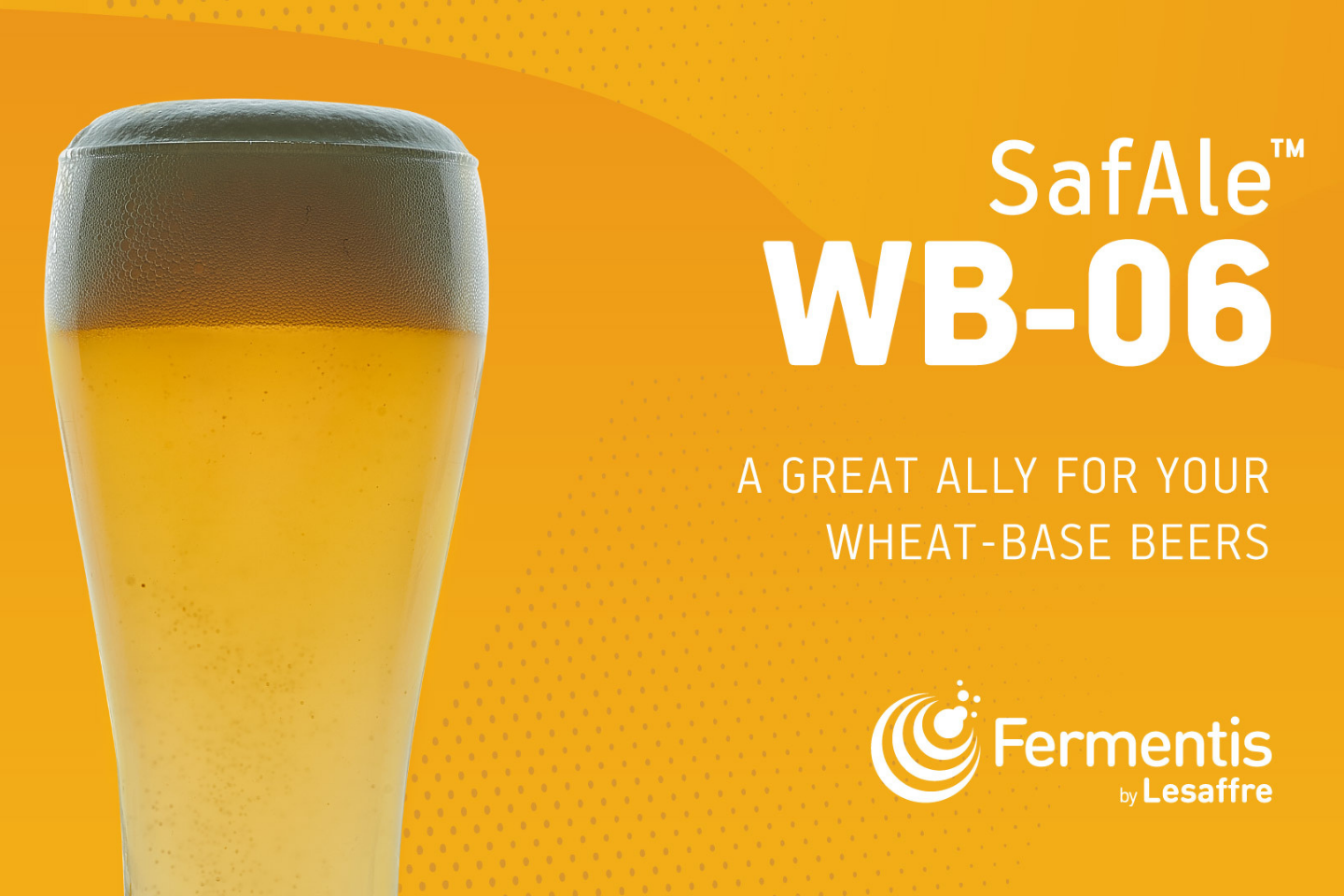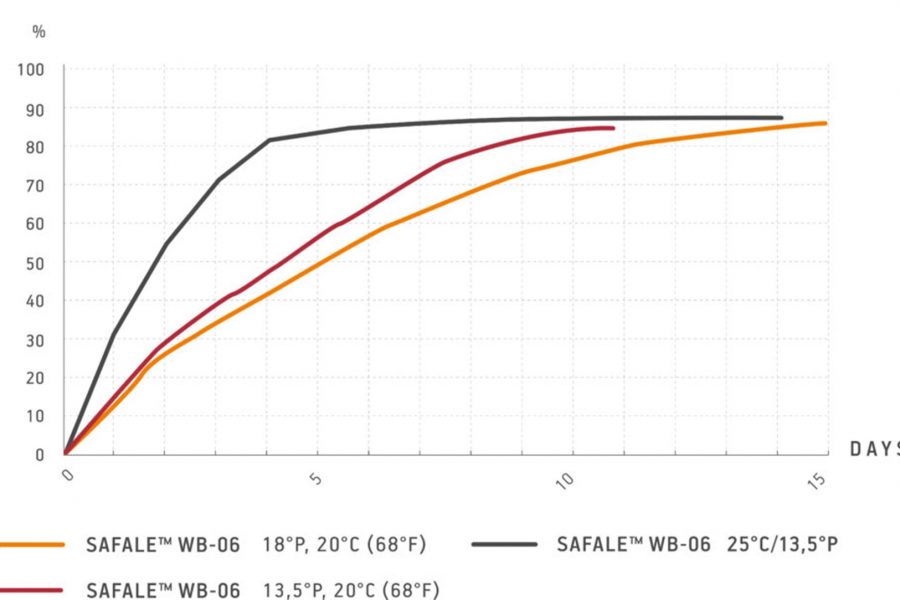
Sponsored content from Fermentis. All images courtesy Fermentis.
Homebrewing and brewing are a matter of choice. A choice of ingredients — hops, yeast, malt, and water — if we stick to the classics. You also have a choice of process: mashing regime, fly or batch sparging, boiling duration, hopping regime, yeast pitching rate, fermentation temperature, etc. These choices are what make our hobby so fascinating. Each homebrewer is different and even each batch can be different if we want. Obviously, changing ingredients is a relatively easy choice, but only by playing with your brewing parameters, can we totally rediscover a recipe. The combination of variables is endless!
There is a lot more to say and discover in each step of the brewing process, but because yeast is the topic of this article, let’s focus here on the fermentation parameters. And because fermentation arrives at the end of the process, all the choices you make will predetermine many things. With your yeast in hand, you can play with two main variables:
- Pitching rate, the quantity of yeast you’ll put in your wort could orient the type of flavors produced
- Fermentation temperature, the temperature you choose for your yeast can also impact your beer, indeed according to the conditions the yeast will not produce the same aromas
In this period of Spring in the northern hemisphere, with the temperature rising, it’s a great time to enjoy refreshing and drinkable beers, especially wheat beer styles. Let’s take a deeper look at a yeast specifically selected for wheat beers: the SafAle™ WB-06.
Produced by Fermentis, the SafAle WB-06 delivers well-attenuated beers (an apparent attenuation between 86 and 90%) and is ideal for wheat base beers, such as Belgian and German styles (Wit Beers, Weizen, etc.). Today the portfolio of wheat beer styles is not limited to the “traditional European styles”, it’s much more than that and the yeast must adapt itself in a way. SafAle WB-06 is the perfect example to illustrate what we said above because, depending on the fermentation conditions, it can provide fruity and/or phenolic characters to your beer.
Before all, you have to know that this yeast strain, as the SafAle™ BE-134, is a is Saccharomyces cerevisiae var. diastaticus, which means the yeast naturally releases certain enzymes in the extracellular media, such as the Amyloglucosidase (AMG), that are capable of degrading most of the sugars present during the fermentation. Considering the “diastaticus character” of SafAle WB-06, as said before, you’ll be able to reach a high attenuation with this yeast strain but you have to give it time to work. Indeed, Fermentis has determined that it could take more than 10 days in specific conditions to finish the fermentation with SafAle WB-06, you have the kinetics below. Patience is the key with this yeast. If you bottle-condition too soon with added sugar, you can over-carbonate your beers, which could be not desired in the style you want. A risk of gushing also exists if you bottle too soon.

If we now speak about the fermentation parameters to orient the profile of the yeast, you could have an important impact with this yeast. The first variable to discuss is the pitching rate with this yeast and its impact on your beer. With SafAle WB-06 a lower pitching rate will allow you to produce more esters, especially isoamyl acetate which is responsible for the banana notes. This characteristic is desirable if you want to brew a Weizen for example with moderately strong banana notes. By always staying within Fermentis’ dosage recommendations, a pitching rate of 50g/hL (1.9g/gal) is appropriate here. (1 Hectoliters (hL) = 26.4 US gallons). On the other hand, a higher pitching rate of 80g/hL (3g/gal) will reduce ester production and favor a better appreciation of the phenolic notes. This is appropriate for some versions of Witbier in combination with spice additions like coriander.
The second tool for the homebrewer is the fermentation temperature. Here again, your choice will orient the yeast profile. With SafAle WB-06 fermented at lower temperature (18-22°C / 64-71°F), contrary to what you might expect, you’ll orient the yeast on the “ester side”. At higher temperatures (22-26°C / 71-79°F), you’ll be more on the phenol side. Our general advice:
- Orient SafAle™ WB-06 on the “fruity side”: low pitching rate at lower temperature (within the limit of Fermentis recommendations)
- Orient SafAle™ WB-06 on the “phenolic side”: high pitching rate at higher temperature (within the limit of Fermentis recommendations)
Always keep in mind that these general understandings are the result of Fermentis’ experiments with specific malts, hops, and water profiles. As we said in the introduction, the combination of variables is endless so you must use these recommendations as the compass but the final direction you’ll take remains your call.
If you want more information about SafAle WB-06 you can visit the Fermentis website or contact the Fermentis team directly!




Share Post